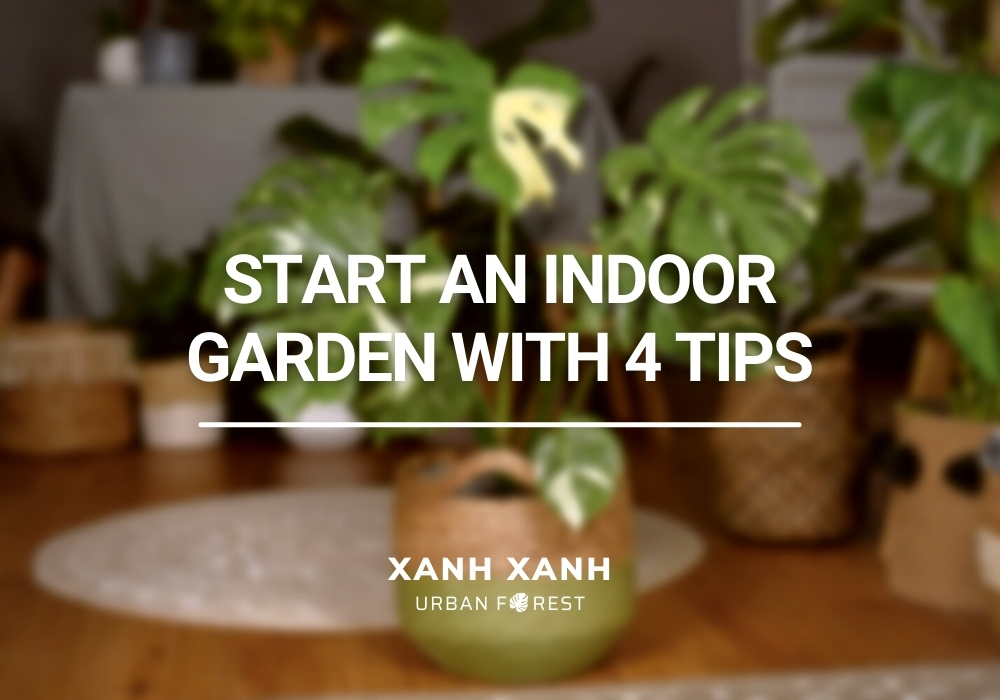The moment has arrived to start a DIY indoor garden as we’ve been at home more and working from home a lot lately. For the time being, the variegated plant is becoming increasingly popular around the world. Not only can it provide you with a new way of life, but it may also be a successful business in some cases.
So, what stuff should you bear in mind?
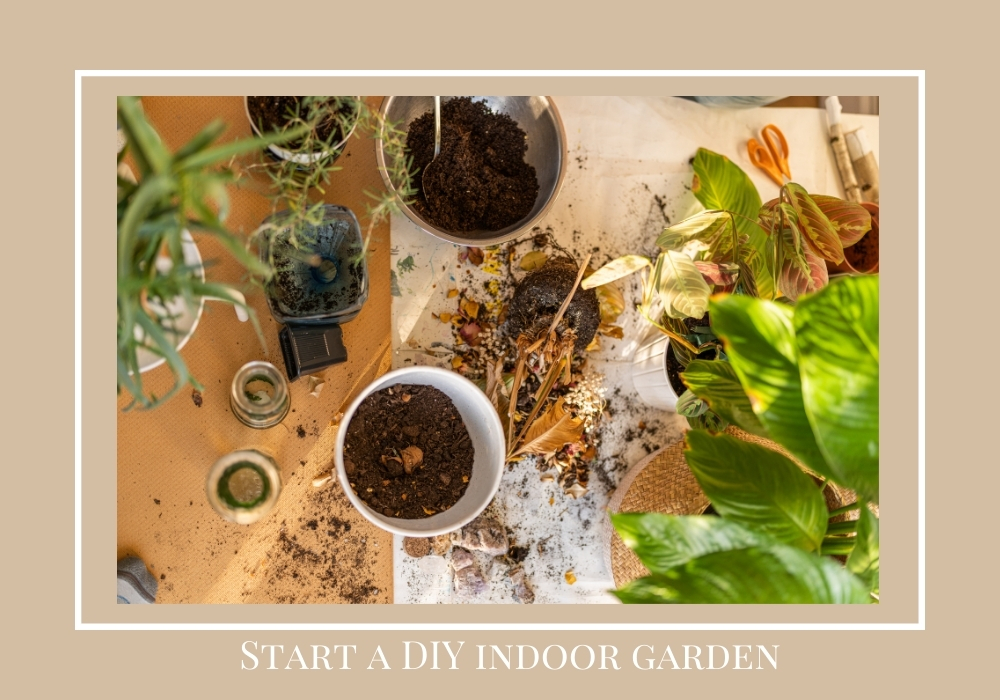
This is all you need for opening:
1. Launch a plan for indoor garden
When the majority of newcomers failed to correctly take care of plants, 60% of them quit. After 1 or 2 months, the plant becomes weaker or doesn’t thrive and adapt to the conditions. It is not overly difficult. Even if you have a green finger, you still need time to cultivate it.
It is important to have previous experience. It really is a good idea to ask your neighbor. And if you grow your variegated plants, you can rely on the assistance of gardeners in every corner of the world thanks to social media and the Internet such as Facebook or Instagram. When purchasing equipment, plants, soil, and other items, write down everything you need to buy and bear in mind that the cost might be significant even if you have a big budget.
This may be ideal for a fundamental plan. Moving on to the second step, here’s what you need to do.
2. Consider on a good place for your DIY indoor garden.
Before you get started on your houseplant’s variegated indoor garden, the first step is to choose the ideal setting for it.
Even whether you can only utilize a little area in your kitchen, or if you have a whole room that you can turn into an indoor garden, you can still have a successful indoor garden. There are two crucial factors to take into account while setting up a variegated-plant nursery: the quantity of natural sunshine the site gets and the typical temperature.
Depending on the type of variegated plant you have, it may demand a greater amount of care. While a typical Monstera plant will enjoy being placed in an area with full sunshine and being watered daily, To avoid sunburn of the yellow on the leaf, nevertheless, Monstera Thai Constellation prefers a more humid environment together with more sunshine. Even if you don’t have a good environment, you may own indoor garden inside your home.
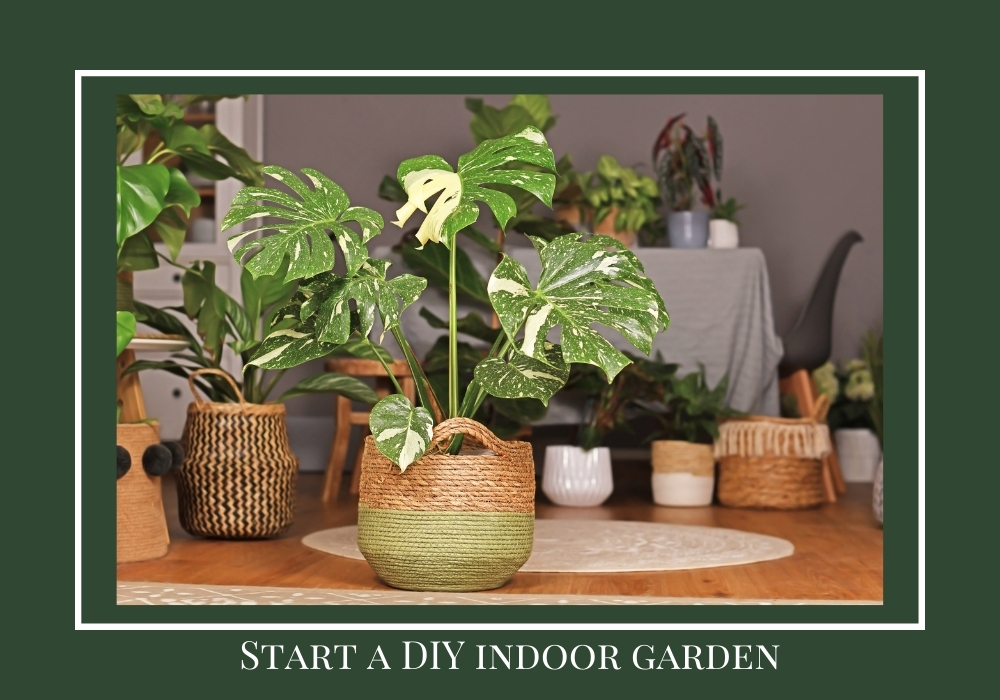
3. Be a smart shopper
If you are still confused by the huge variety of plants available, we have some suggestions for variegated plants for your consideration.
It is not necessary to acquire everything at the same time, though. Pay attention to discounts and seasonal specials, and compare costs between online and in-person purchases at local plant nurseries. Some people and retail businesses have recently begun offering up their goods for sale on social networks such as Facebook and Instagram. However, be aware of scammers, since your money will vanish with no expectation of return, except a deep sense of disappointment.
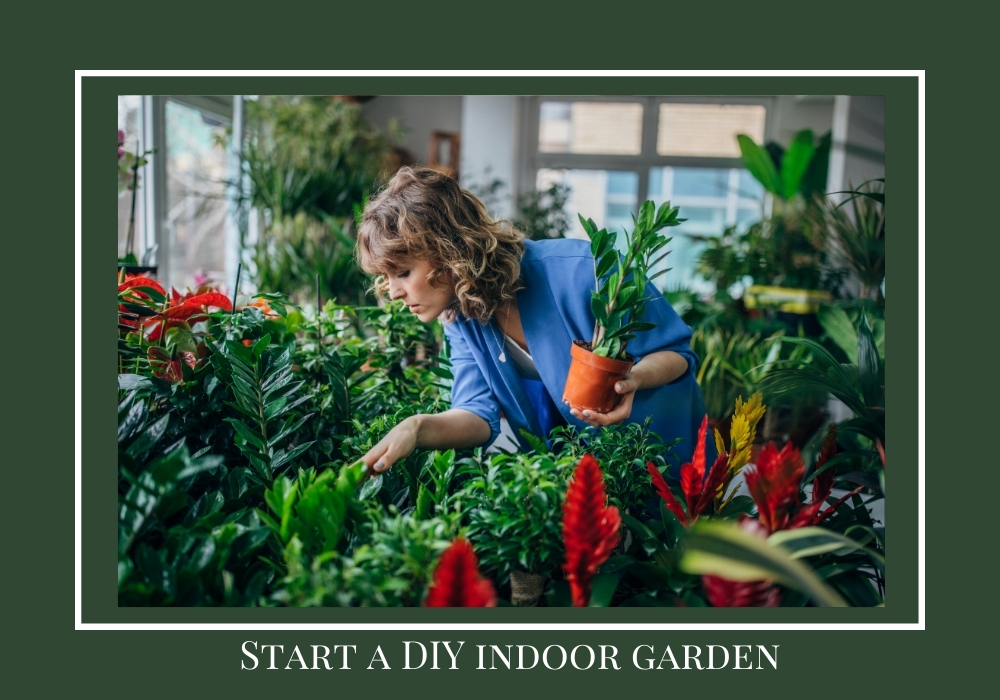
4. Studying and observing
Soils, water, and light play an indispensable role. Furthermore, we occasionally have to consider other issues, such as fertilizer, climate, and propagation. A hydroponic system for your indoor garden is another option to explore.
Here are some ideas to keep in mind:
LIGHT: Morning sun is critical to our success. It’s ideal to put your plants next to a window on the east side of the house. Estimate how much light your plants need to grow well so you can take advantage of the full spectrum of light in your location.
WATERING: Over-watering can harm your houseplants, but water is important for other things too. Stick your finger one inch into the dirt to examine if it is dry. If the soil is dry, it’s OK to water. Every plant is distinct and has various watering needs, however many plants appreciate being watered regularly, while others enjoy having their soil dry up every so often.
SOILS: A well-mixed mixture of airy potting soil and rich compost can help you grow variegated plant in your indoor garden. To provide nutrients to fruit-bearing plants, blend milder mixes for leafy greens, more robust mixes for herbs, and several variations for each. Use excellent potting soil and avoid in-ground garden bed dirt.
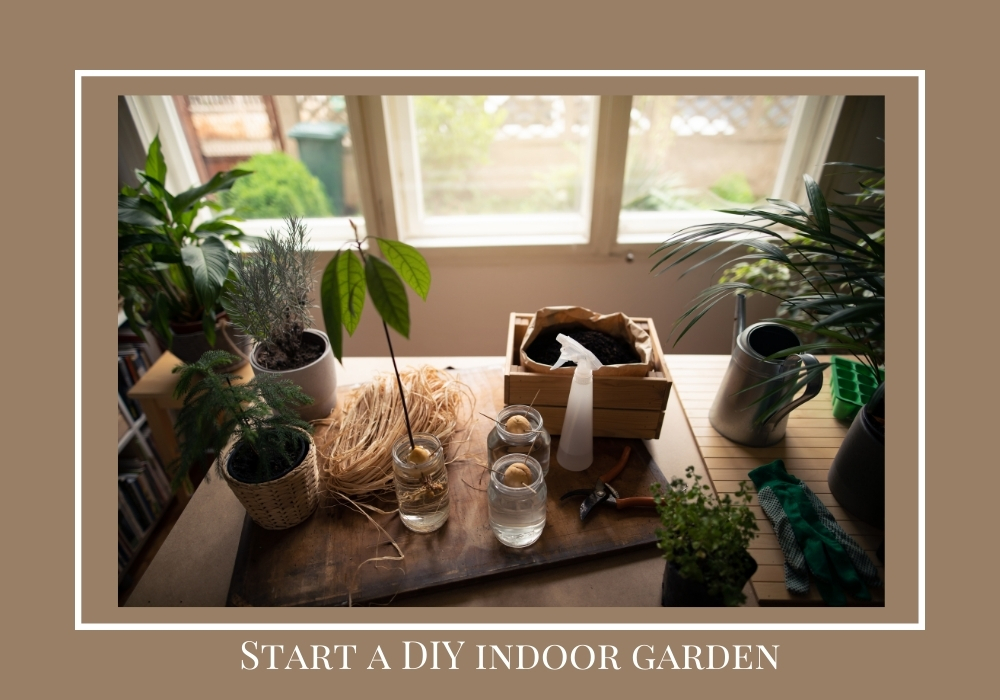
Best of luck on your adventure!

